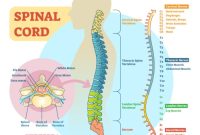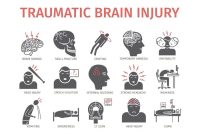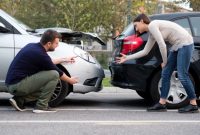After a car accident, it’s crucial to document the scene thoroughly to preserve evidence and strengthen your case. This includes capturing photos and videos of the damage, injuries, and surrounding area, as well as obtaining witness statements.
Documenting evidence promptly and accurately can make a significant difference in the outcome of your insurance claim or legal proceedings. By following these steps, you can ensure that you have a comprehensive record of the accident to support your case.
Gathering Evidence
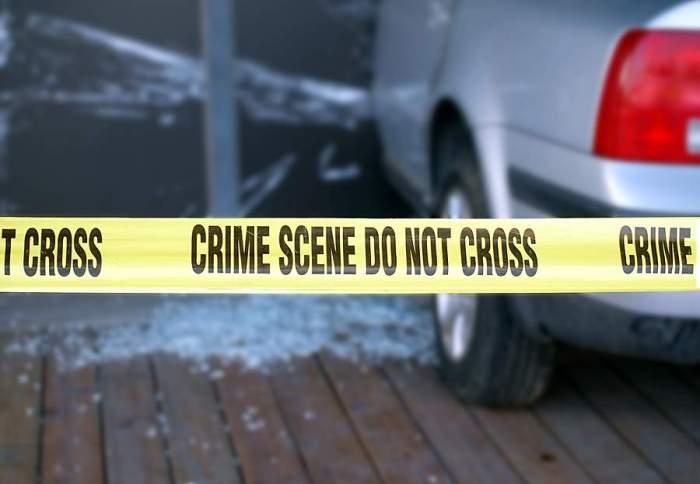
Documenting a car accident is crucial for insurance claims, legal proceedings, and personal records. Beyond capturing photos and videos, gathering additional evidence can strengthen your case and provide a comprehensive account of the incident.
Photograph any visible injuries
If possible, take clear and detailed photographs of any visible injuries sustained by you or other parties involved in the accident. Close-ups and wide-angle shots can help document the extent and location of the injuries.
Document the weather conditions at the time of the accident
Weather conditions can play a role in determining liability and contributing factors in a car accident. Note the time of day, weather conditions (e.g., rain, snow, fog), visibility, and any other relevant details that may have affected the visibility or road conditions.
Obtain a copy of the police report
The police report is an official record of the accident and contains valuable information such as witness statements, measurements, and the officer’s observations. Request a copy of the report as soon as possible, as it can take several days to process.
Preserving Evidence
It is crucial to preserve all evidence gathered from a car accident to ensure its integrity and availability for future use. Proper preservation methods guarantee the evidence remains unaltered and admissible in legal proceedings.
Storing Photos and Videos
Store digital photos and videos in multiple secure locations, such as a computer, external hard drive, and cloud storage service. This redundancy prevents data loss due to device failure or accidental deletion.
Maintaining a Detailed Log
Keep a detailed log of all evidence collected, including the date, time, location, and a description of each item. This log provides a clear record of the evidence trail and its handling.
Contacting an Attorney
Consult with an attorney to discuss your case and the preservation of evidence. They can provide guidance on proper handling and storage methods, as well as the legal implications of evidence preservation.
Using Evidence in Court
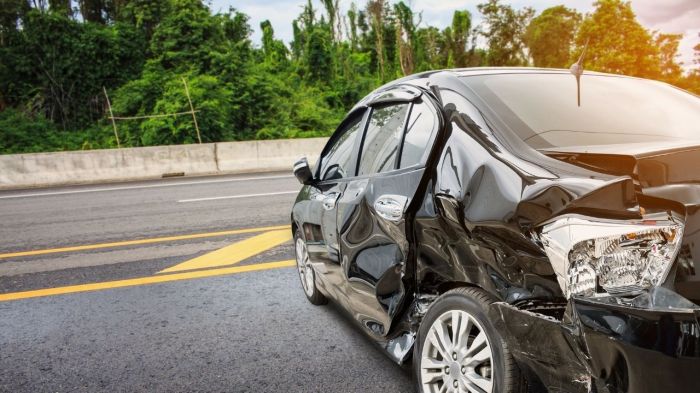
When presenting evidence in court, it is crucial to organize it in a clear and concise manner. Photos and videos can be highly effective in illustrating the severity of the accident and providing a visual representation of the scene. Additionally, calling witnesses who observed the accident can provide valuable testimony about what they saw and experienced.
Organizing Evidence
Organize evidence chronologically, starting with the initial impact and proceeding through the aftermath. This will help the jury or judge understand the sequence of events and the extent of the damage caused.
Using Photos and Videos
Photos and videos can provide a comprehensive visual record of the accident scene. They can show the damage to vehicles, property, and the surrounding area. Additionally, they can capture the injuries sustained by the parties involved.
Calling Witnesses
Witnesses who observed the accident can provide firsthand accounts of what they saw. Their testimony can help corroborate the evidence presented by the other parties and provide additional insights into the events leading up to and following the accident.
Last Point
Remember, documenting car accident evidence is not only about gathering information but also about protecting your rights and interests. By taking the time to capture photos, videos, and witness statements, you can provide valuable evidence to support your claim and increase your chances of a favorable outcome.
Q&A
What should I do if I don’t have a camera or video recorder?
If you don’t have a camera or video recorder, try to borrow one from a witness or passerby. You can also use your phone to take pictures or record videos, if possible.
What if I’m injured and unable to gather evidence?
If you’re injured, seek medical attention first. Once you’re stable, ask a friend, family member, or witness to help you gather evidence. You can also contact the police and request a copy of the accident report.
How long should I keep the evidence?
Keep the evidence for as long as possible, especially if you’re planning to file an insurance claim or lawsuit. Insurance companies and attorneys may request the evidence to review your case.

